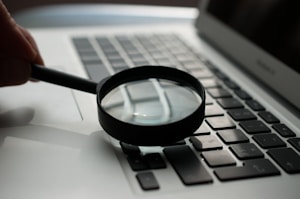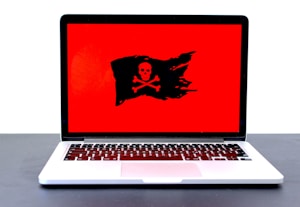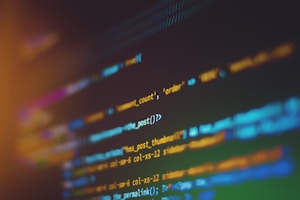Information should be kept secure at all times and stages of its processing from the very moment it is input to a system right up to when it is being backed up into databases for permanent storage. There are worse threats to the security of information. Whenever the information is left exposed to these threats, it no longer maintains the validity that it previously had. The people who needed to use it will no longer regard it as a genuine piece of information. The security of information can take many forms, such as building login forms to control access to the information or firewalls to prevent unauthorized parties from getting close to the information.
The secureness of information is in the way it is accessed and whether it is easily accessible by all the relevant people or not. Giving out passwords to those in charge of handling information makes it possible to control access to only them, and no one else can reach the files on the systems. It also makes for an easy way of tracking down the usage of this information, and in case there is an event of breaking in, then the people that were last to access the information are still on record.
Verification before accessing any information also makes it possible for the system to snapshot the overall architecture of the information and keep a backup copy of the current version of the information. This leaves the user free to interact with the information and modify it as they deem fit, which then leaves them in a position to handle the information without fears or worries. The security of any information is also determined by the encoding used to transform this information into an unreadable format by other systems.
Encoding of information gives it an additional layer of security. For files that are expected to move over the internet, they first have to get this encoding before they can be moved, and this ensures that even parties that are involved in getting the information from one stage to the next do not have a sniff of what is held within the information moving.
Signing of programs and other applications before they are released into the market is one of the other means by which developers and programmers can keep information secure. It stamps their identity of the software products they have released to their customers and provides a timestamp of when and how long these programs are expected to last. In many cases, signing the applications digitally helps provide a signature that indicates the programs’ freshness and usefulness. In many situations, secure information is trusted to be useful to users. Whenever they want to store it away, they will ensure they have done so safely and logged off the system to prevent any other parties from getting into the system to make unauthorized changes.



